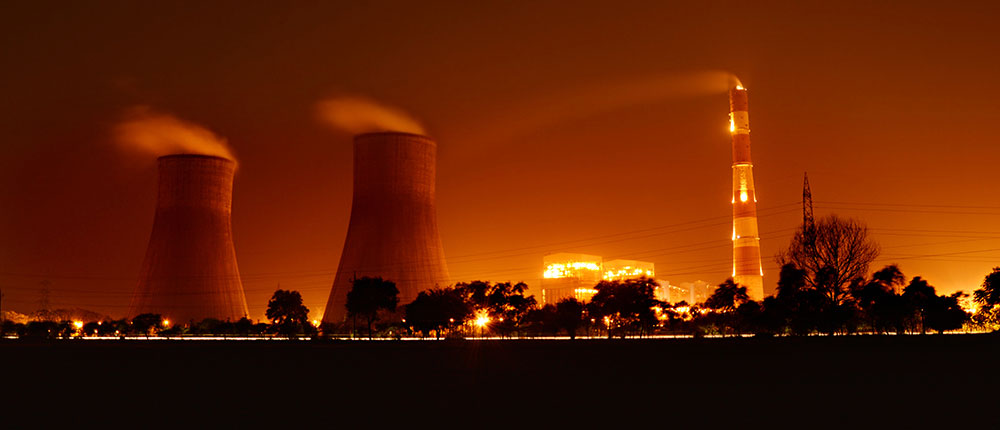Emissions control in thermal power stations: Issues, challenges, and the way forward
As per TERI's analysis, of the total environmental pollution in 2016, the power sector reportedly accounted for 51% of sulphur dioxide (SO2), 43% of carbon dioxide (CO2), 20% of oxides of nitrogen (NOx), and 7% of PM2.5 emissions.

The Ministry of Environment, Forest and Climate Change (MoEFCC) revised the emission norms for thermal power stations (TPSs) on 7 December, 2015, requiring an implementation of the emission control systems (ECSs) within two years from the date of notification. The deadline had to be pushed to December 2022 for all the power stations in the country in view of the sheer volume of work, implementation issues and challenges as well as the critical need for maintaining supply of electricity. Power stations in national capital region were however required to comply with the revised norms by December 2019.
The implementation of these measures in stations in the National Capital Region (NCR) brings out that the measures for control of PM2.5 are on a better footing as compared to the same for control of NOx and SOx. The same holds true for other plants in the country. An action plan giving topmost priority to the remaining work in NCR stations is an emergent requirement.
Coordinated and concerted efforts are required for meeting the timelines for control of all the pollutants in all the power stations, more importantly in the state and private sector plants, which are lagging behind considerably. This discussion paper brings out the overview of new environmental norms, the present status of their implementation, issues, challenges, and the way forward.
